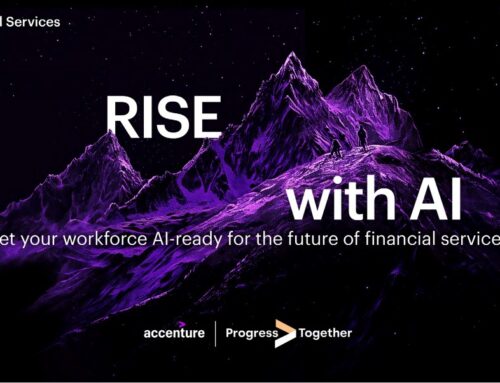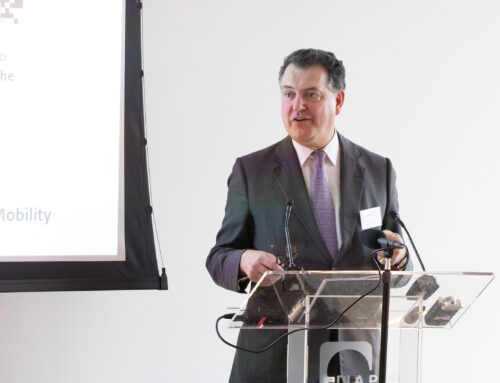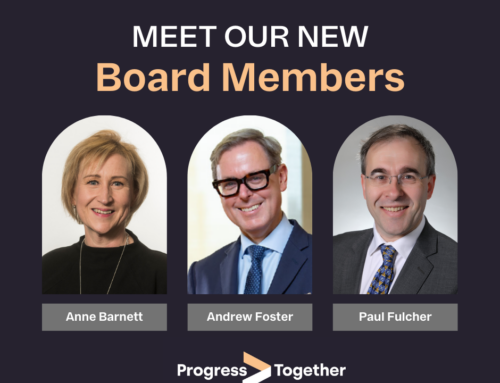What does success mean to you?
Acing an exam, passing your driving test, getting a job, getting a promotion?
We’ve all been there. Eager to move on to the next big thing.
Three years ago when I was setting up a Government Commission taskforce, led by the City of London Corporation, I was asked “what does success look like?”. The answer was simple. – parity. I wanted senior leaders within UK financial services to mirror the rest of their workforce.
With the Bridge Group and eight forward-thinking organisations. We had the evidence, we knew that 89% of senior leaders had parents who were ‘professional’, with occupations like lawyers, bankers, accountants, teachers, and doctors. But for junior-level employees, it was only 47%. We finally had the evidence to show that focusing on outreach to schools and diversifying the graduate pipeline alone wouldn’t make the change needed at the top.
Progression
We now knew that working-class employees progressed 25% slower than peers, taking five years to achieve what their peers did in four. Evidence showed for the first time that this progression gap had zero link with job performance. High-performing employees reported to be wasting efforts conforming to dominant cultures, with the mental toll of fitting in impacting job performance.
We asked ourselves, if it’s impacting people individually, what is the impact on organisational and sector-wide productivity? How can we be globally competitive when some of our best talent is exhausted by switching accents and playing a part?
This evidence led to the creation of a taskforce aimed at boosting senior-level socio-economic diversity. There were thirty spaces on that taskforce but we were overwhelmed with applications. Story after story of senior leaders in UK financial services. Leaders who had come from a working-class background and had overcome significant challenges to get ahead. All of them wanting to make it easier for the talent that followed them.
The first (virtual) taskforce meeting was in May 2020. Remember that? Our first COVID lockdown. In those early days, we talked about the business case. Why should employers have a greater mix of socio-economic backgrounds at the top?
The ‘S’ in ESG
Fast forward two years, the business case is clear:
Access to talent – there are more vacancies in UK financial services than there have ever been, yet we have high-performing talent within our own organisations.
Investor interest – An Asset Manager recently told me they had seen a fourfold increase in inquiries about social economic diversity from investors in the last 12 months. This fits squarely into the ‘S’ in the ESG.
Regulator interest – In the legal world, the Solicitors Regulation Authority has been asking for and publishing data on socio-economic background for a number of years. For the financial services regulators, social-economic diversity played a key part in their D&I discussion paper two years ago and I would be surprised if it didn’t make an appearance in their consultation due out this year.
We’ve matured as a sector and now when I speak to employers, few ask ‘why’ focus on social economic diversity at the top? Most are now asking ‘what’ should we do about it and ‘how’?
My view of success hasn’t changed. I’m still working towards parity. We are now closer to getting there.
Two years ago, people said they didn’t have any data. “It’s too hard to collect”. “Our employees won’t trust us with that data”. Now, 70% of our 37 members collect socio-economic diversity data, with 100% collecting the Social Mobility Commission recommended metric (parental occupation at aged 14). Although employee disclosure rates have a way to go, with the average response rate across our membership at 52%, the absence of data is no longer a barrier to action.
When I spoke to employers two years ago, they said “Our focus is on gender and ethnicity”. Now, they say “We know that if we get the socio-economic piece right, it will positively impact on our gender and ethnicity work”.
Golden thread
Socio-economic diversity is the golden thread. If we develop a culture which is inclusive for all employees from a range of backgrounds, it will be inclusive for everybody.
Two years ago, employers asked how they could improve their working-class employees’ confidence, their networking skills and their ability to fit in. But now, employers are starting to recognise that it is not about fixing the people, who we know are already high performing, it’s about fixing the processes. It’s about creating transparent processes linked to work allocation, promotions and access to senior sponsors. It’s about scrutinising the data to look for patterns of bias and creating processes to overcome this. The best employers are redefining their definition of talent.
We’ve come a long way, but we still have a long way to go. If we are to get to parity, for all the reasons of competitiveness, access to talent and productivity, we must be clear about our starting place and our end goal. It’s great to see the likes of Santander making a public statement of intent, with a target of 35% of senior leaders from working-class backgrounds by 2030. For each employer, the landing points will be different, and I’m proud to be supporting Progress Together members to learn from others and understand what good looks like.
Our members represent 30% of the UK financial services workforce and that’s increasing every month.
If you’re in financial services, you can find out how your company can join us by visiting our Become a Member page.




